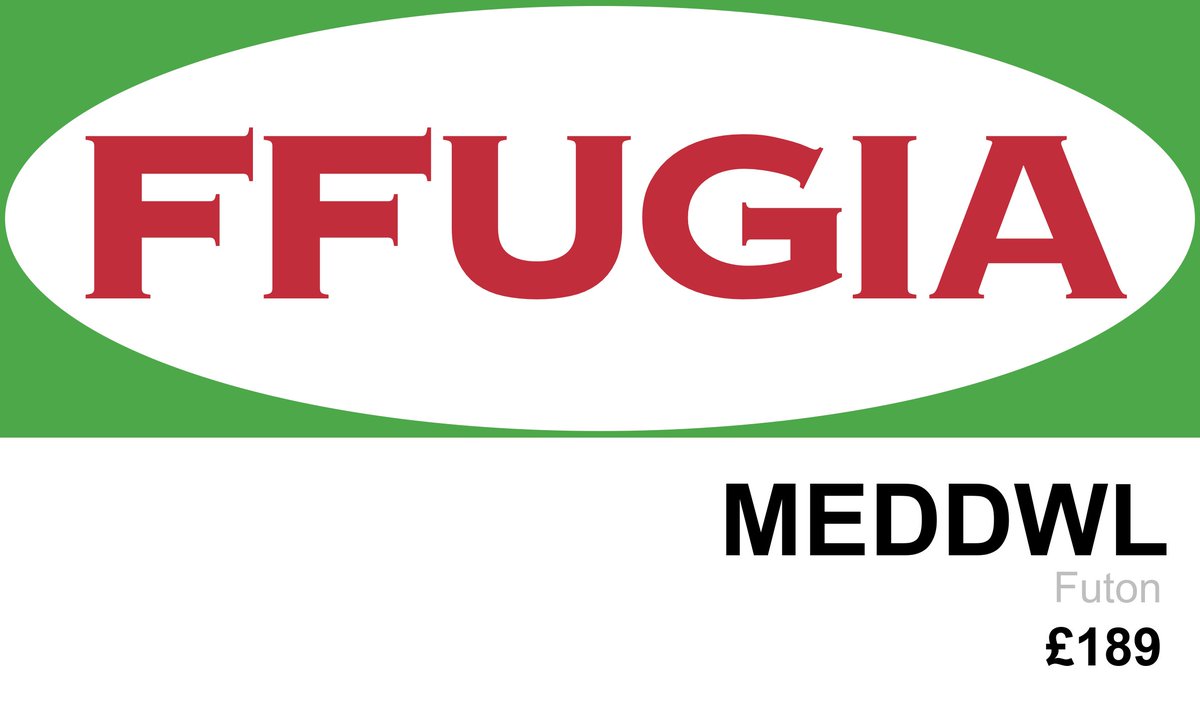Day 2 of #LingCologne starts with Wendy Sandler giving her keynote on the compositionality of theatrical sign language. 

Wendy acknowledges the important work of Svetlana Dachkovsky ("our resident squintologist") who has done extensive work on squinting in Israeli SL, for example as a marker of shared information and subordinate clauses. #LingCologne
Facial actions — as a finite set — are grammatical across sign languages, and mostly correspond to spoken language intonation (mainly upper face). Thus, different parts of the body are composite pieces of the linguistic system. #LingCologne 

The use of the two hands has been shown to be associated with plurality, across sign languages (citing work by @ryanlepic and myself and colleagues, some together with Wendy herself and Gal Belsitzman). #LingCologne
In theatrical sign language, not only do signers combine or partition their individual articulators to express meaning, but several signers can jointly express parts of a larger while — e.g. a dragon! 🐉
#LingCologne
#LingCologne
Conclusions:
— language is multimodal and dynamic
— art forms unpack and recombine and thus illuminate structural elements of language
— the human body provides important clues to language structure and meaning
#LingCologne
— language is multimodal and dynamic
— art forms unpack and recombine and thus illuminate structural elements of language
— the human body provides important clues to language structure and meaning
#LingCologne

@ozyurek_a notes (building on Carol Padden's comment at #FMU recently) that theatrical signing suggests that iconicity is something complex and layered: by realizing the combinatorial potential of it, you can express #iconicity on more levels. #LingCologne
• • •
Missing some Tweet in this thread? You can try to
force a refresh












